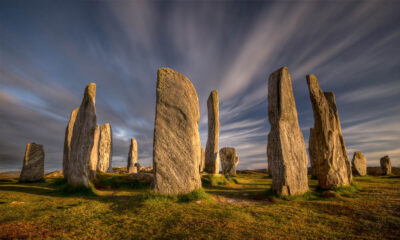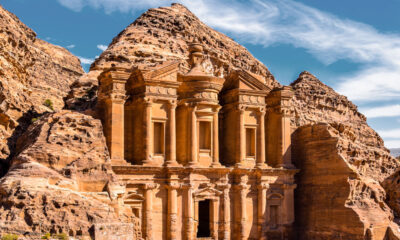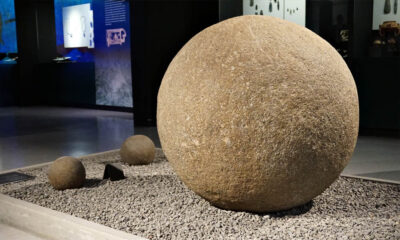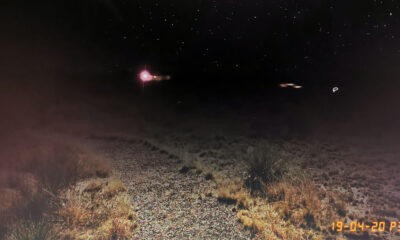Strange Places
Salar de Uyuni – The Mysterious Bolivian Salt Flats
The remoteness and otherworldly landscape make this one of our planet’s most unique and mysterious places.

Bolivia is home to many of the world’s most beautiful landscapes, but perhaps none are as captivating as the Salar de Uyuni. This vast expanse of glistening white salt, stretching as far as the eye can see, is visually stunning and packed with mysteries that have fascinated scientists and travellers alike for decades.
What is the Salar de Uyuni?
Salar de Uyuni, located in southwest Bolivia, is the world’s largest salt flat, encompassing over 10,000 square kilometres. But it’s not just its size that astounds. At certain times of the year, a thin layer of water transforms this salt desert into the world’s most enormous natural mirror, reflecting everything from the azure sky above to the distant mountains on its horizon.
A Prehistoric Ocean?
One of the great mysteries surrounding the Salar is its origin. It’s believed that around 30,000 years ago, this area was submerged beneath a massive prehistoric lake called Lake Minchin. Over time, as the lake dried up, it left behind two smaller bodies of water, Poopó and Uru Uru, and two major salt deserts, the Salar de Coipasa and the much larger Salar de Uyuni. The vast amounts of salt are remnants of this ancient body of water.

Salar de Uyuni Salt Pyramids
The Alien Landscape of Salar de Uyuni
Visitors to the area might feel like they’ve stepped onto another planet. The crystalline nature of the salt causes the hexagonal patterns that appear on the surface as it dries. This unique formation is a marvel of nature, providing photographers with a dream-like landscape to capture.
Additionally, the Salar is incredibly flat, with altitude variations of less than one meter across the entire expanse. This makes it an ideal calibration site for Earth observation satellites.
Islands in the Middle of a Salt Ocean
Dotted across this stark white landscape are ‘islands’, remnants of ancient volcanoes submerged when the area was still a massive lake. The most famous is Isla Incahuasi, a rocky outpost covered in gigantic cacti. These islands are a stark reminder of the Salar’s watery past and provide a unique contrast to the sea of salt.

Salar de Uyuni Sky Mirror
A Rich Resource
Beyond its beauty, that salt flats are also of significant economic importance to Bolivia. Beneath the thick salt crust lies a vast reserve of lithium – a critical component in the batteries that power our smartphones, laptops, and electric vehicles. Bolivia holds about 50% of the world’s lithium reserves, most of which are in the Salar.
Salar de Uyuni – A Place of Mysteries
Despite its stark appearance, the Salar is teeming with life. During the rainy season, the shallow layer of water that forms on its surface becomes a vital stopover for several species of flamingos that migrate to the region. Moreover, the vastness and solitude of the Salar have given rise to local legends and stories of ghosts, making it a focal point of Bolivian folklore.

Mirror Lake
Conclusion
The Salar de Uyuni is not just a stunning natural wonder; it’s a place where the past and the present collide, beauty meets economic potential, and myths come to life. Its combination of visual splendour, ecological significance, and cultural importance makes it one of our planet’s most unique and mysterious places.
























